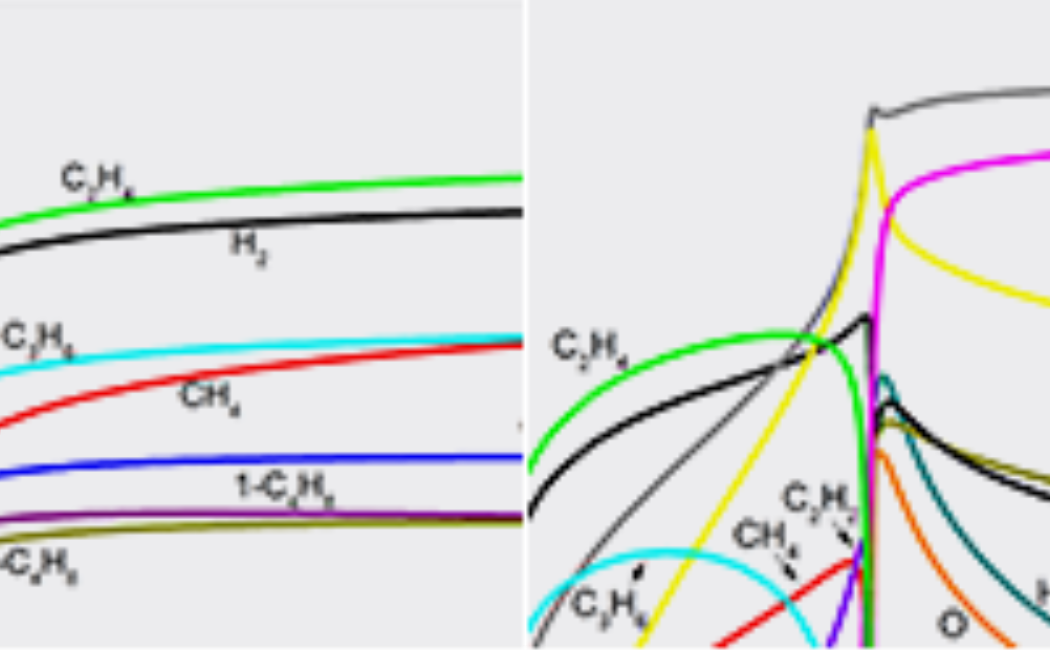



PI: Farooq, Co-Is: Roberts, Lucht (Purdue Univ), and Marangoni (Politecnico di Milano)
The primary objective is to develop the experimental tools, techniques and signal interpretation expertise to allow quantitative measurement of velocity and combustion scalars in harsh environments. The researchers will focus on the particular difficulties associated with high-pressure environments such as spectral line broadening, interferences, high soot loading, limited optical access. Of special interest are the cutting edge ultra-fast non-linear techniques such as femtosecond (fs) coherent anti-Stokes Raman scattering (CARS), fs transient grating spectroscopy (TGS), fs degenerate four wave mixing (DFWM) for major species (and temperature) and multiplexed absorption techniques coupled with tomographic reconstruction in axisymmetric canonical flames for fuel fragments and radicals.
The CCRC has a well-established optical diagnostics program, with emphasis on employing diagnostics rather than developing new measurement techniques. This project would be an ideal expansion to the Center's current research thrusts. This research project plays a critical role in the overall success of the Theme, by enabling accurate measurements of scalar properties and velocity in these environments for advanced understanding and validation of predictive modeling tools. The signals generated from the proposed diagnostic techniques are complex and sophisticated simulation algorithms are required to back out temperature and major species concentrations. The proposed strategy will take a rigorous approach to determine all necessary parameters based on the simulated signals prior to the comparison with the actual measurements, rather than adjusting the correction factors based on the measurement in a heuristic manner.
Line-of-sight absorption spectroscopy does not provide any spatial information but has the advantage of being quantitative and sensitive. The project aims to advance line-of-sight absorption sensing at high pressures and developing methodologies to detect species/radicals relevant to high-pressure combustion. Fundamental spectroscopy experiments are also carried out to have the necessary database for the development of advanced laser diagnostics. Cavity-enhanced absorption strategies are employed to dramatically increase the detection limits. We also plan to incorporate frequency-comb assisted absorption spectroscopy to characterize high-temperature absorption lines.